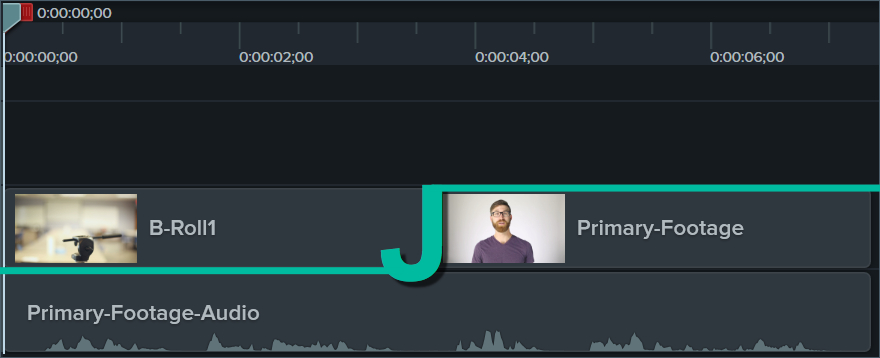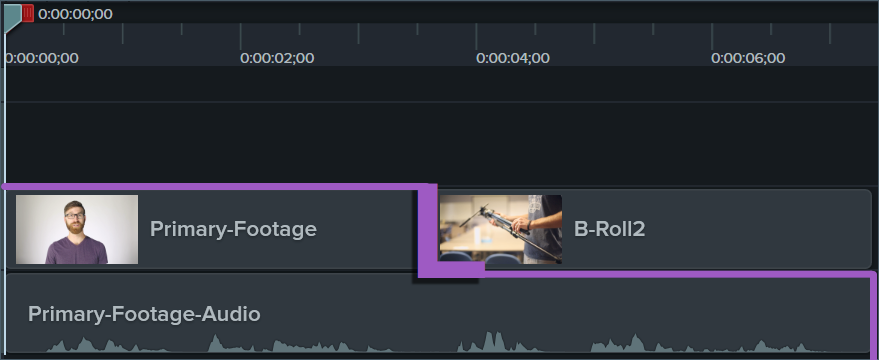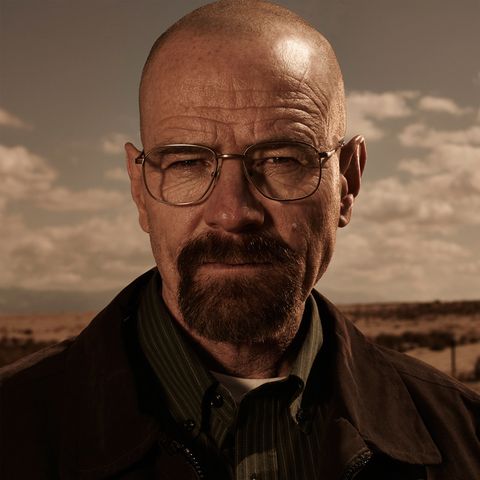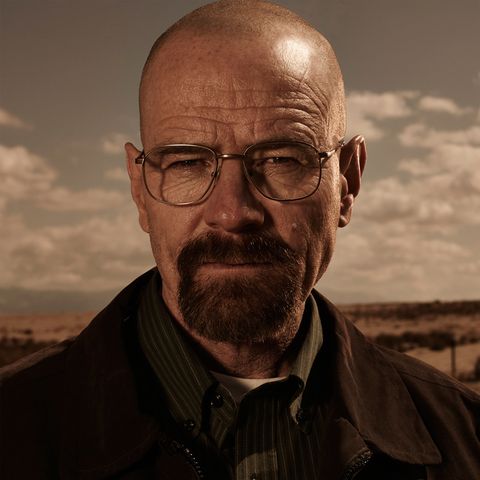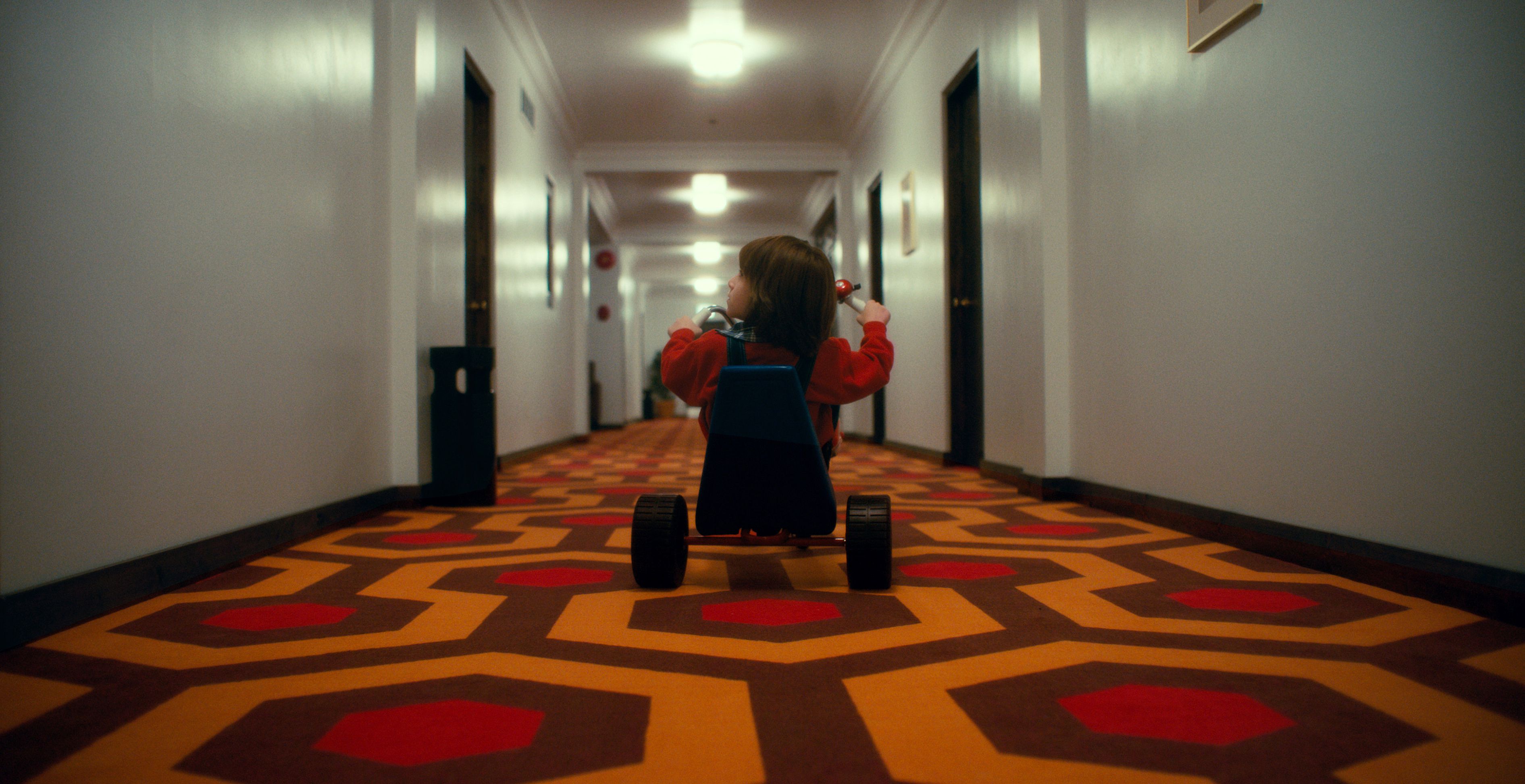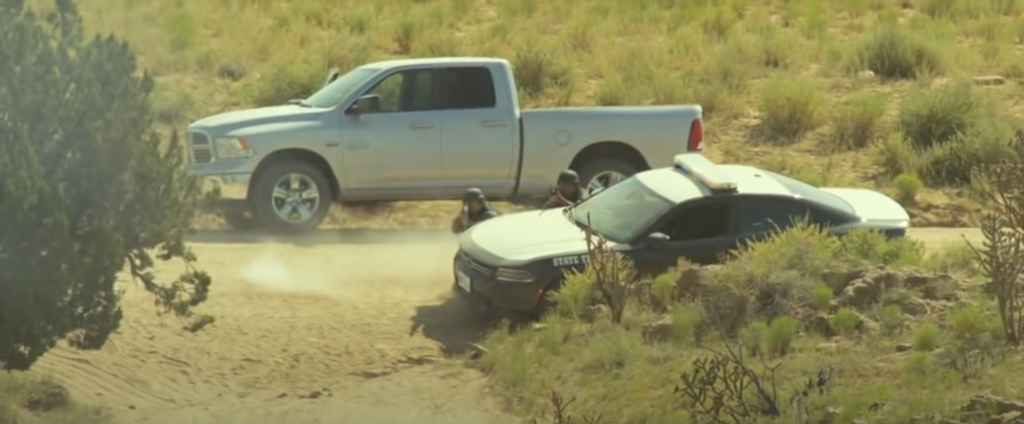The first shot is a medium shot – more focused on the miller, a considerably small man in stature – where the miller, carrying a bag of flour, bumps into the shoulder of a shadowy/concealed figure, carrying another similar bag. The shot opens with the miller walking toward the camera, before bumping into the chimney sweep. His expression changes from blank to horror-stricken, creating the effect that the miller may know what’s to come for whatever reason, such as the sweep’s build or potential reputation. It should stretch out to last over a few seconds, roughly 5-10. No dialogue is present but ambient sounds of the natural environment could be present, or even a short-lived, more upbeat musical score could be there.
The second shot swiftly cuts to an extreme close-up of the chimney sweep’s eyes, angrily looking toward the direction of the miller. This shot could could contain an angry grunt from the miller as he’s bumped into, and have a sudden, and very dramatic change in the musical score to enforce tension. The shot should last no longer than three seconds.
The third shot, a wide shot of the two, and the windmill in the distance, shows the terrified miller as he walks away from the sweep, the sweep now preparing to, and then throwing his bag of soot toward the miller as his large, muscular body structure is presented to the audience, with his build juxtaposing that of the miller’s. The musical score could crescendo into something louder and yet more intense as this shot plays, and again, the dialogue shouldn’t consist of much more than aggressive noises coming from the miller. The shot should last around 5-10 seconds
The next shot would display the bag of soot mid-air close-up, soaring toward it’s target as it’s aggressively thrown. Sound effects of the wind rushing could work to emphasise the speed of the bag, and the music could reach it’s climax here before ending in the next shot. This shot should contain no dialogue and last roughly 2 seconds.
For the fifth shot, the score should suddenly cut as soon as the bag makes contact with the miller’s head in this extreme wide shot, again featuring the windmill in the background between the two in the distance, creating a comparison between the huge sweep and the “towering” building. The shot should again feature no dialogue and just feature the noise of the bag hitting the miller, lasting from 3-5 seconds.
For the final shot, to dramatize the impact, it should be an extreme wide shot that displays the windmill – even further away – the sweep far off to the background, and the miller – who gradually, but quickly, is sent toward the camera while upturning the soil as he sails through it from the strength of the impact. The sound within the shot should only be that of the ambient noises present throughout the whole scene, and the loud rumble of the ground being torn through.
